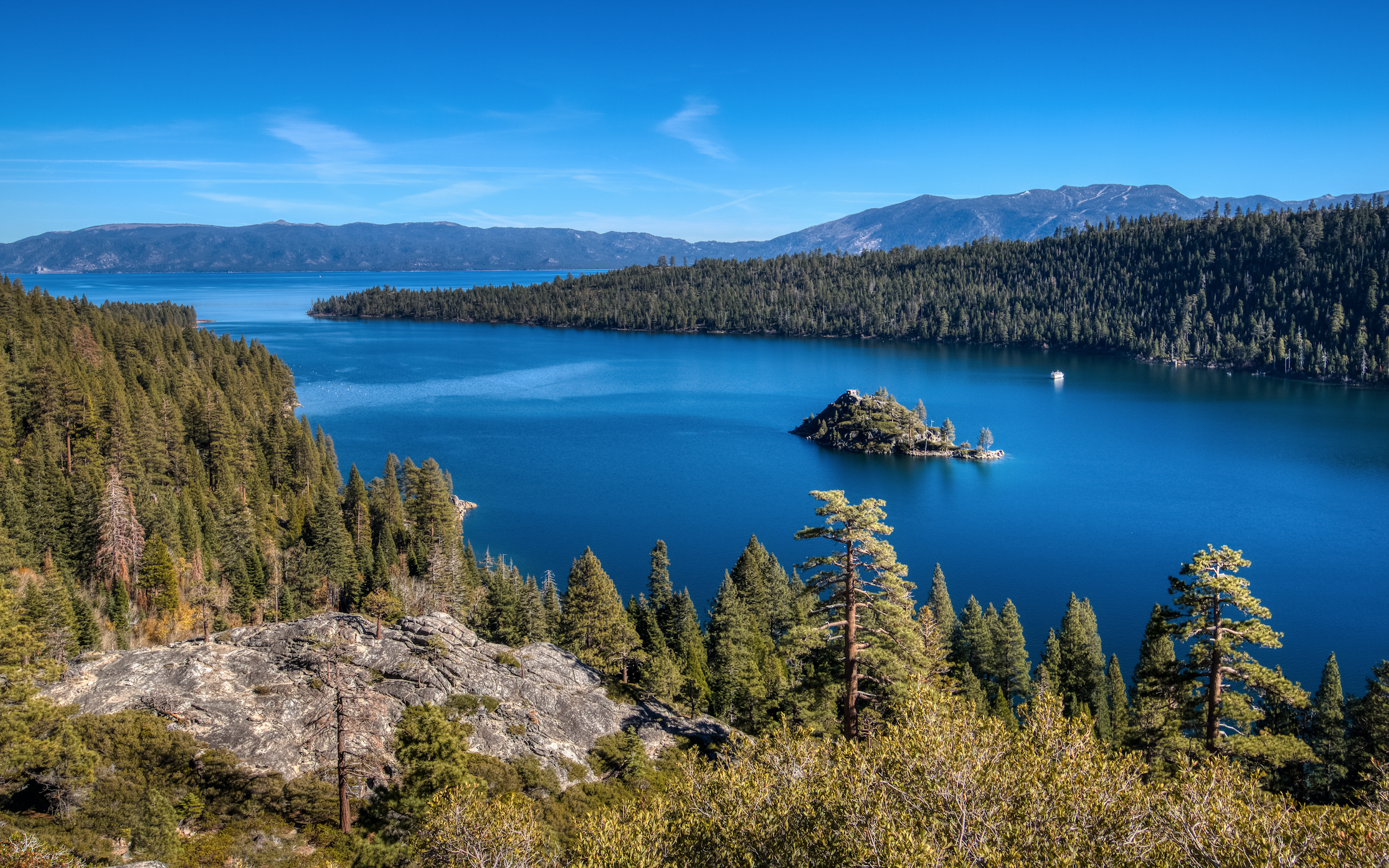Lake Tahoe Basin
In this project we were tasked with looking into alternative future development scenarios for the Lake Tahoe Basin. Lake Tahoe is the largest alpine lake in North America and brings thousands of visitors and tourists every year to recreate, whether it be swimming in the lake or skiing in the mountains. The area is also surrounded by pristine wilderness areas that are protected for their natural beauty. With limited available land, how can the regional planners in this area determine how the basin grows and give priority to those that need it?
For this project we analyzed different systems, evaluated their existing conditions, and suggested future plans for where these land uses can be implemented in a symbiotic manner.
Riparian Zones - Identify ecologically sensitive stream zones and create policies that prevent any new development in this area. This will enhance biodiversity and help protect water quality.
Low Density Residential - Permeable areas for newly constructed homes will be mapped and measured. Owners are required to purchase green infrastructure land credits to offset runoff costs to help protect water quality.
Tourism - Height restrictions will be implemented in areas that are in close proximity to the lake or identified as visually sensitive. This will help protect views of natural areas which will help keep tourism steady. Green
Infrastructure - Redevelopment of existing industrial and commercial land in proximity to the lake will be limited to green infrastructure such as parks, wetlands, and natural areas. This will protect water and increase biodiversity.
Commercial Mixed Use - Policies will be implemented that require a certain percentage of new housing to be affordable. This will provide housing to service workers and help keep commuting time down.
Fire Safe Zones - Efforts will be made to reduce potential fuels on residential properties. This will allow for less treatment of woodland areas which will be beneficial to water quality.
This project was worked on as part of a Penn State Geodesign course.


